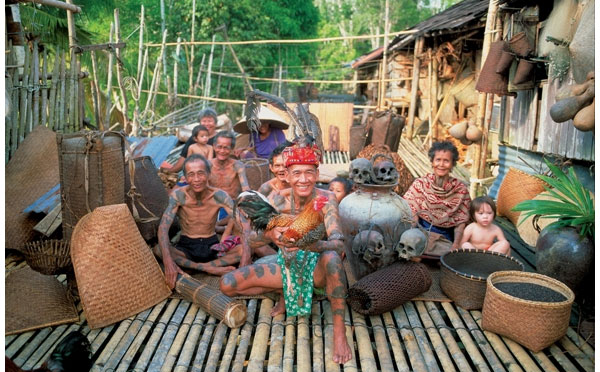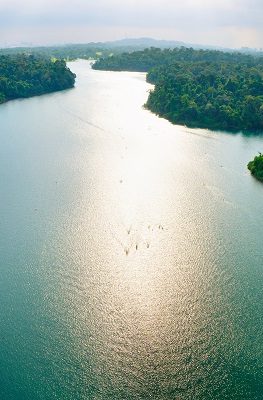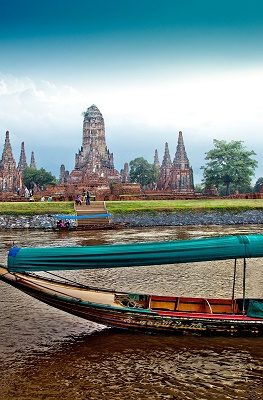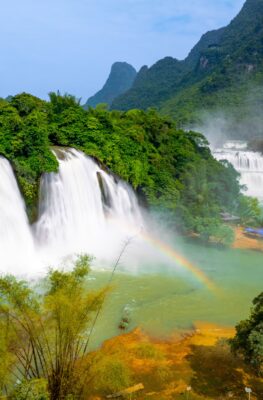Published on August 6, 2013

The practice of taking and preserving a vanquished person’s head occurred throughout the world at various times: Oceania, Australasia, Asia, Africa, the Americas, and Europe. It even occurred on the Balkan Peninsula in Europe until the early 20th century. Contemporary scholars generally agree that headhunting’s primary function was ceremonial and part of the process of structuring, reinforcing, and defending hierarchical relationships between communities and individuals.
Before 200-350 AD, headhunting was common throughout most of Southeast Asia and Melanesia. In the Philippines, for example, headhunting was widespread when the Spanish established a colony in the mid-1500s. By the turn of the 20th century, headhunting was still practiced by a minority of small tribes in Myanmar, the northern Philippine mountains, and Kalimantan in Indonesia. Colonial rule in Southeast Asia had all but wiped the practice out by 1930.
As late as 1968, researchers doing fieldwork in Luzon in the Philippines found that 65 of 70 adult Ilongot men over the age of 20 years had taken at least one head. This surprised the researchers who felt that the people seemed to “fit in” with more modern ideas of culture and seemed peaceful. The men said they took heads when they had a “heavy heart” or felt angry and believed that the spirit of the victim helped them find better expression for their emotions.
Anthropological writings describe headhunting practices in Southeast Asia by the Murut (Borneo), Ilongot (Luzon, Philippines), Iban (Borneo), Dayak (Borneo), Berawan (Borneo), Wana (Sulawesi, Indonesia), and Mappurondo (Sulawesi, Indonesia) tribes. The Wa tribe, whose domain straddles the Myanmar-China border, were once known as the Wild Wa for their ferocious headhunting that continued until the 1970s. The Naga tribes of Myanmar (and India) commonly practiced headhunting up to the 20th century. The Citak, a Papuan tribe in Irian Jaya, Indonesia, had such a fearsome reputation that their neighbours the Korowai lived in tree houses up to 40 metres off the ground!
Headhunting in Southeast Asia usually involved taking a single head as retribution for a grievance, or as a symbol of victory in battle. Ideas of manhood were tied in with the practice, and in some cultures the deceased was deemed to be enslaved for eternity to serve the hunter in the afterlife. There were also perceived fertility benefits to headhunting in many parts of the region; it certainly gave the hunter status among their male peers and eligible females. Studies in Sumba, Indonesia showed that the rationale for headhunting varied between neighbouring tribes even on a small island. In East Sumba headhunting was all about territorial conquest. In West Sumba it was an act of vengeance between equals. Whatever the rationale for headhunting, the heads themselves were prized.
Today coconuts are used instead of human heads by the Mappurondo upland tribe of Sulawesi, Indonesia. Their rice harvest ritual called pangngae brings an end to communal mourning for the deceased, allows men to strut, distributes communal resources, and celebrates the Mappurondo ways of life. Substitute heads are also used by the Kankana-ey of the mountains of Luzon, Philippines, whose dongtoy headhunting ritual still takes place every ten years to ensure the fertility of the rice crop.
For travellers to Southeast Asia, there are great opportunities to combine visits to (former!) headhunter villages with adventurous treks through lush tropical landscapes. One such trek offered by several tour operators follows an ancient trail in Sarawak, Malaysian Borneo, which was once the war path of the Kayan, a group of fierce warriors from a broader ethnic group known as the Orang Ulu. The Headhunter’s Trail passes by the renowned Gunung Api pinnacles and includes longhouse stays, river crossings, and jungle camping.
Sources: SEAsite, Wikipedia, New World Encyclopedia.






